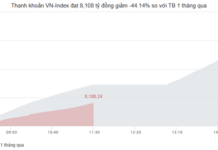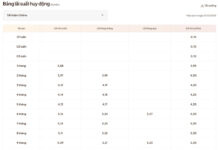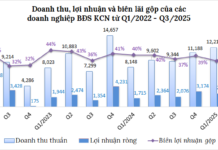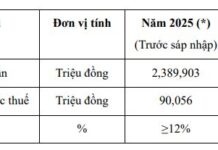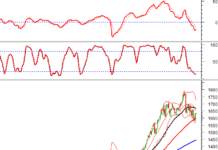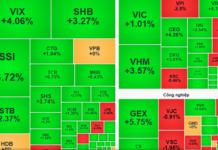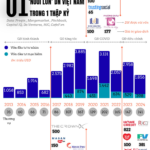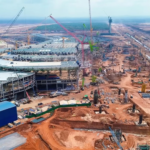
Sneaker Sole Mold. Photo: The New York Times
A recent article by The New York Times vividly illustrates this shift, not only through macroeconomic figures but also through the stories of key enterprises in the supply chain—the silent cogs crafting a complete production ecosystem in Vietnam.
For years, the global footwear industry’s default formula was “Made in China.” However, recent data reveals a startling reversal.
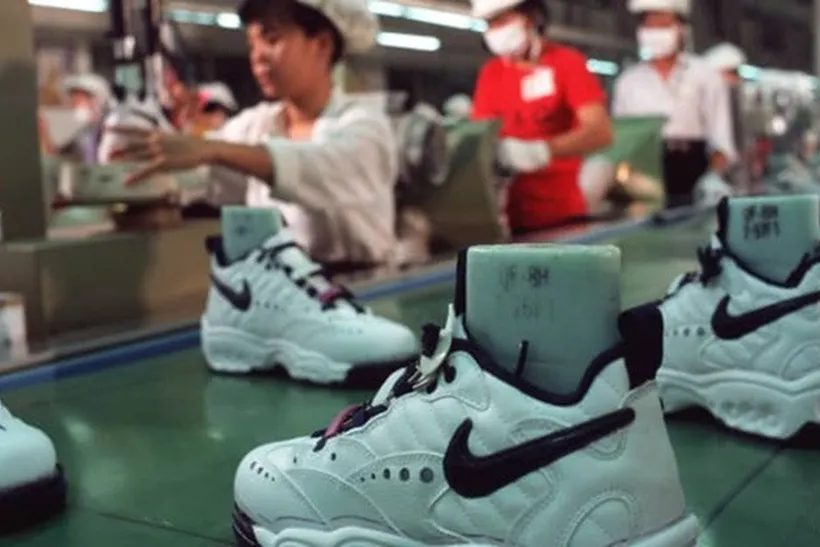
Nike factory workers on an assembly line producing sneakers. (Illustrative Image: Getty Images)
According to Nike’s 2021 financial report, a staggering 51% of its shoe production occurred in Vietnam, while China’s share plummeted to just 21%. This shift is even more significant considering that in 2006, China accounted for 35% of Nike’s output. Similarly, Adidas witnessed Vietnam becoming its largest footwear supplier, contributing approximately 40% of the brand’s total production.
This transition is no accident but the culmination of a prolonged process driven by multiple converging factors. Beginning in the 2010s, soaring labor costs in China eroded its competitive edge.
Subsequently, the U.S.-China trade war initiated by the Trump administration in 2018 introduced significant tariff risks, compelling brands to seek alternatives. Finally, the COVID-19 pandemic in 2020 served as the “final straw,” as China’s border closures highlighted the dangers of over-reliance on a single supply source.
As Tony Le, a Vietnamese-American industry leader, remarked in The New York Times: “This is akin to China’s opening-up era; now it’s Vietnam’s turn.”

Jones & Vining Vietnam Factory
Vietnam’s appeal extends beyond cheap labor. The New York Times spotlighted Jones & Vining, a Boston-based company with 90 years of experience in shoe mold production, to explain this distinction.
In 2011, anticipating the shift, Jones & Vining followed its major clients by establishing a factory in Giang Dien Industrial Park (Dong Nai). This strategic move laid the groundwork for a more autonomous supply chain. The factory’s output is impressive: 120 million insoles, 20 million inner soles, and 500,000 shoe molds annually.
More critical than these numbers is that 70% of Jones & Vining Vietnam’s products supply other footwear factories in the region. This marks a fundamental difference: Vietnam is no longer merely an assembly hub.
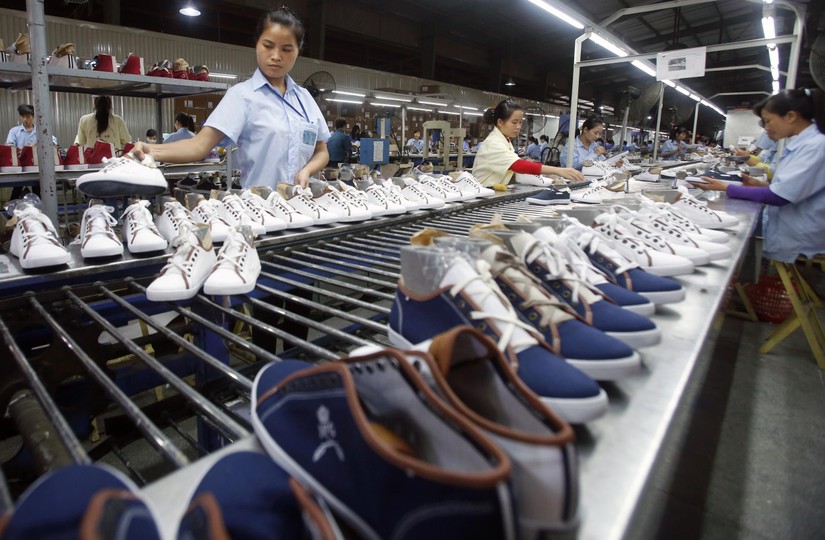
A complete industrial ecosystem is emerging, where critical components are produced locally, enabling brands to optimize costs and accelerate product launches. Jim Salzano, Jones & Vining’s CEO, affirmed to the American newspaper: “Shoe production in Vietnam now relies minimally on China.”
The sneaker industry’s rise is transforming the lives of hundreds of thousands of workers. Pham Kieu Diem, one of the first employees at a Nike partner factory in Dong Nai since 1995, shared how her job helped her family transition from agriculture, save money, buy land, build a house, and “improve their lives significantly.”
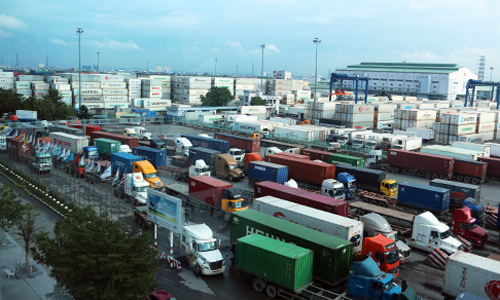
Containers at Cat Lai Port
Vietnam’s economic gains are evident in export figures. According to the General Department of Customs, in the first 8 months of 2025, footwear exports reached $16.08 billion, a 7.2% increase (or $1.09 billion) compared to the same period last year.
These numbers confirm Vietnam’s position as the world’s second-largest footwear exporter and its growing role as a global value chain hub. The shift in the global footwear industry is unmistakable, and Vietnam holds key advantages to maintain its leadership for years to come.
Unleashing Economic Potential: VCCI Advocates for Transformative Reforms in Vietnam’s Investment and Business Laws
This legislative draft embodies a bold spirit of reform, poised to establish a robust legal framework that will catalyze economic breakthroughs during this pivotal transition phase.
Vietnam’s $100 Billion Market Roars to Life: Two Korean Giants Race to Secure Early Dominance
Following Dunamu’s strategic partnership with MB Bank—the parent company of Upbit—Bithumb, South Korea’s second-largest cryptocurrency exchange, has unveiled its own plans to enter Vietnam’s market. The rivalry between these two giants is intensifying, signaling a fierce competitive phase in Vietnam’s nascent digital asset landscape.
Global Fund Gathers 200 Top Scientists, Offering Support to Elevate Bac Ninh Province to Centrally Governed City Status
The World’s Leading Scientists Development Fund in Shanghai, China, has announced its readiness to mobilize an international team of experts across various fields. Their mission is to provide consultation and support to Bac Ninh Province in realizing its ambition to become a centrally governed city.





